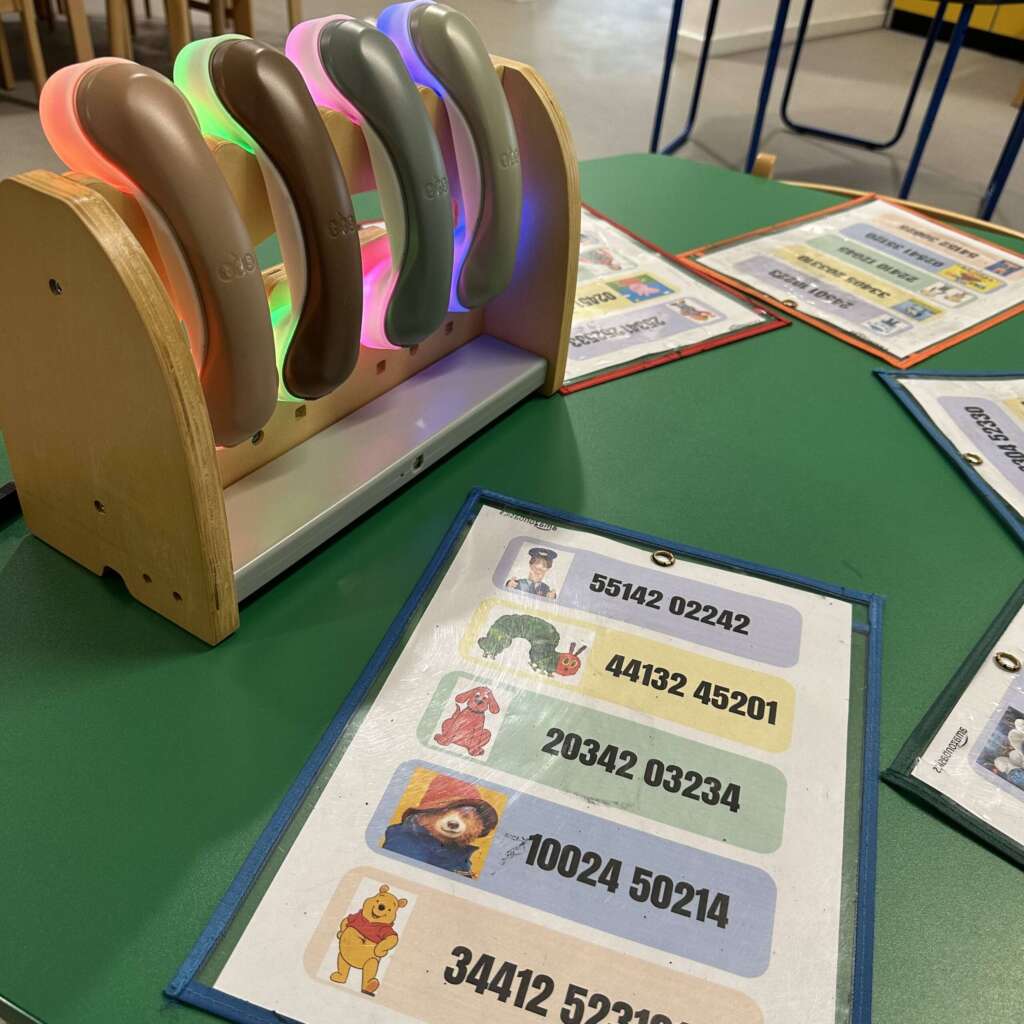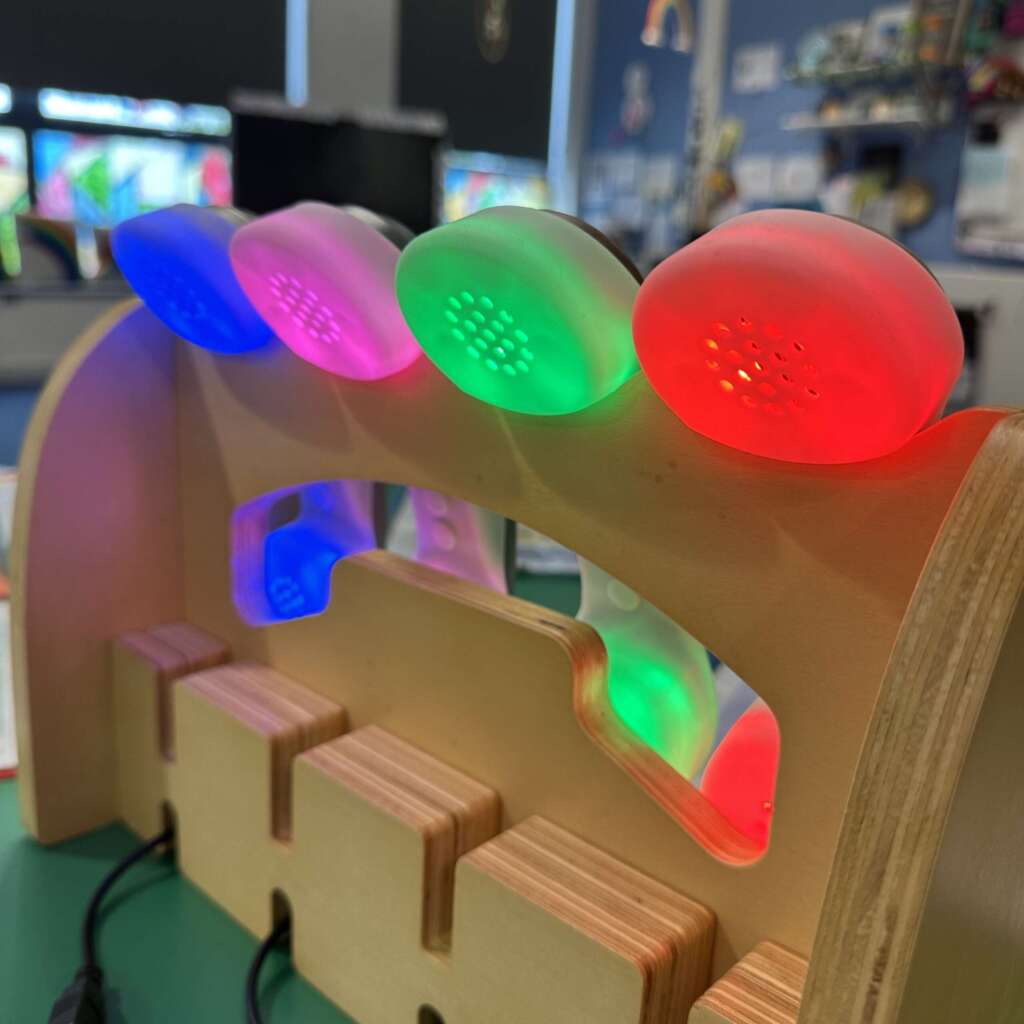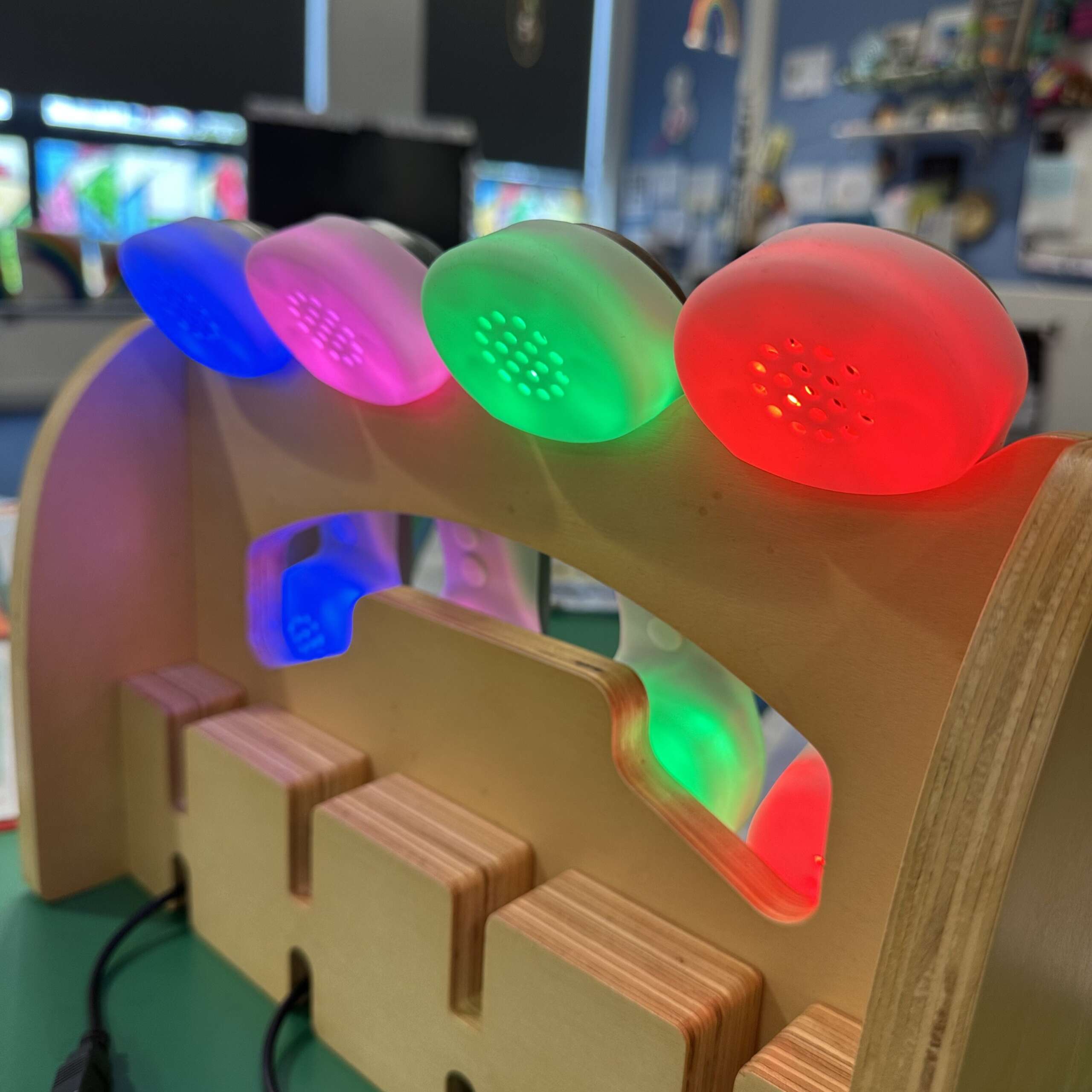Language development is highly complex, with many different tiers and levels. In this blog, Hayley Winter (@allaboutearlyyears) breaks down what each tier is.
Tier 1 – Basic Vocabulary
Tier one consists of the most basic words. These words rarely require direct instruction and typically do not have multiple meanings. Sight words, nouns, verbs, adjectives, and early reading words occur at this level. Tier-one terms include book, girl, sad, run, dog, and orange. There are about 8,000-word families in English in tier one.
By naming objects, practitioners can encourage this during everyday language and conversations in play without any thought.
Tier 2 – High Frequency/Multiple Meaning Vocabulary
Tier two consists of high-frequency words that occur across a variety of domains. These words often occur in mature language situations such as adult conversations and literature, strongly influencing speaking and reading. For example, glance, confidence, commotion, and regret.
Educators can encourage this tier of language within reading and story time, which is why it is so important to explain the meanings of words we read and then use them again in play to give them context.
Tier 3 – Low-Frequency, Context-Specific Vocabulary
Tier three consists of low-frequency words that occur in specific domains. Domains include subjects in school, hobbies, occupations, geographic regions, technology, weather, etc. We usually learn these words when a particular need arises, such as learning amino acids during a science lesson.
This usually develops as children get older and as vocabulary becomes more specific.
Understanding the different tiers of language development is essential for parents, educators, and healthcare professionals. It can help them identify potential language delays or disorders in children and provide early intervention. It also helps them understand how to support language development in children through play, conversation, and other activities.



Thank you to Hayley Winter for writing this blog
Hayley Winter is an Early Years teacher and leader who is passionate about learning through play. She shares simple and effective teaching ideas for 3-5 year olds on social media. Find out more over on her website: //www.allaboutearlyyears.com [allaboutearlyyears.com]




